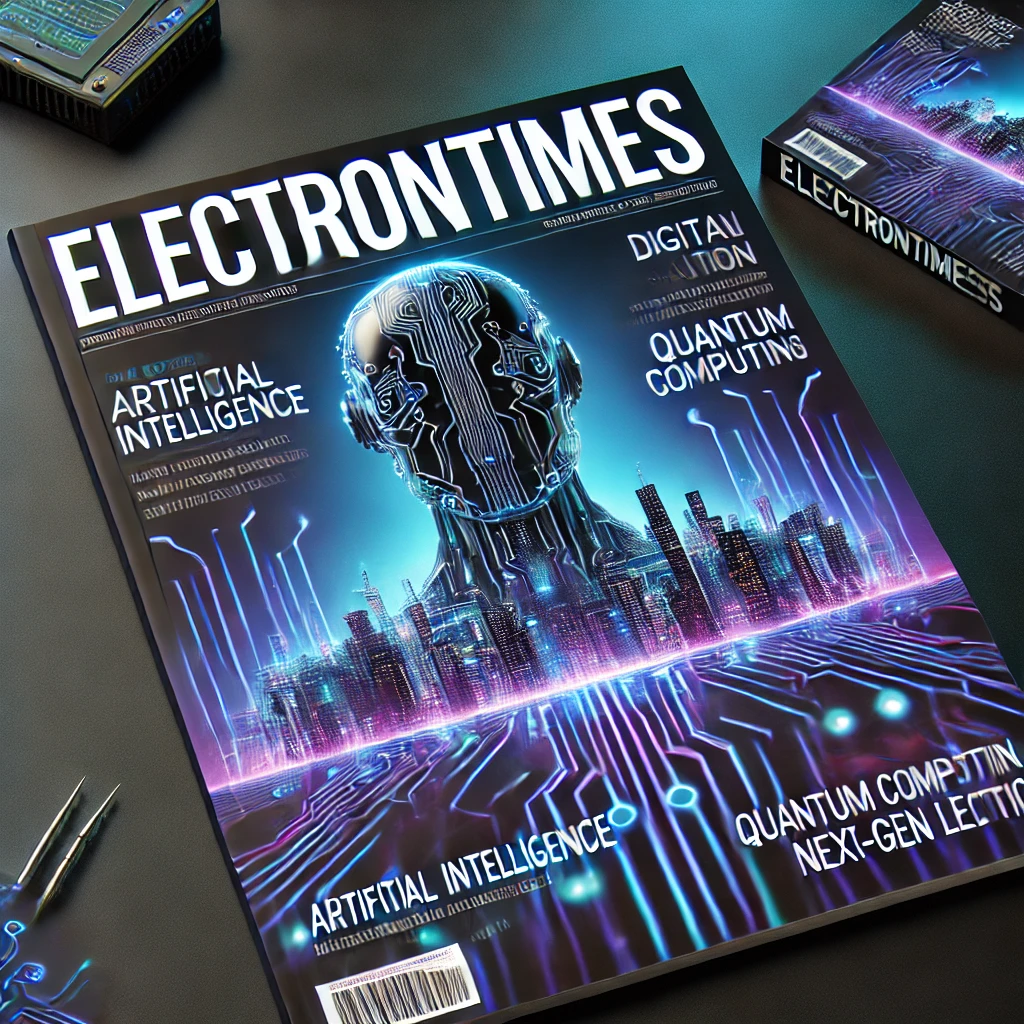LEDs offer a variety of benefits when used in automotive lighting and other specialized applications, making them an attractive choice over traditional lighting technologies like incandescent and halogen bulbs. Here are some of the key benefits:
1. Energy Efficiency
- Low Power Consumption: LEDs consume significantly less power than traditional lighting solutions, which is particularly advantageous in automotive applications where reducing energy load can help optimize vehicle performance and fuel efficiency.
- Longer Battery Life: For electric vehicles (EVs), using LEDs for exterior and interior lighting helps conserve battery power, extending the vehicle’s range and reducing the need for frequent recharging.
- Reduced Heat Generation: LEDs produce very little heat compared to other lighting options like halogen bulbs. This reduces the overall thermal load on the vehicle and minimizes the need for cooling systems, which can improve energy efficiency.
2. Durability and Reliability
- Shock and Vibration Resistance: LEDs are solid-state devices, meaning they have no fragile filaments or glass components. As a result, they are more resistant to vibrations, impacts, and rough conditions commonly encountered in automotive and industrial applications, such as off-road driving or heavy machinery operation.
- Long Lifespan: LEDs are known for their extended operational lifespan, often lasting up to 25,000 to 50,000 hours, significantly longer than traditional incandescent or halogen lights. This results in fewer replacements, reducing maintenance costs and vehicle downtime.
- Weather Resistance: LED lights are sealed units, making them more resistant to environmental factors like moisture, dust, and extreme temperatures. This is especially useful for outdoor or heavy-duty applications, such as in construction, mining, or agricultural equipment, where lighting must withstand harsh conditions.
3. Improved Performance and Functionality
- Instant On/Off: LEDs light up instantly without any warm-up time, unlike some other lighting technologies that may require time to reach full brightness. This is particularly important for automotive lighting applications, where immediate illumination can be crucial for safety.
- Better Brightness and Visibility: LEDs can provide higher brightness levels and more focused light output, improving visibility for drivers at night or in poor weather conditions (rain, fog, etc.). This can enhance safety by providing brighter headlights, brake lights, turn signals, and interior lighting.
- Precise Light Control: The ability to control the light direction and beam focus is another advantage of LEDs, which makes them suitable for applications like automotive headlights and spotlights. This precise control can improve road safety by minimizing glare for other drivers and reducing light pollution.
4. Compact Size and Design Flexibility
- Small Form Factor: LEDs are much smaller and more compact than traditional light sources, allowing for flexible design and easier integration into various automotive and specialized lighting setups. In automotive lighting, this enables the use of smaller, more streamlined designs for headlights, tail lights, interior lights, and other fixtures.
- Design Freedom: The small size of LEDs allows for innovative lighting designs, such as thin, flexible strips for interior ambient lighting, or ultra-thin headlights and tail lights that can be customized to enhance the aesthetic appearance of vehicles. This design flexibility is also valuable in other specialized applications, where space constraints are a concern.
5. Environmental Benefits
- Reduced Carbon Footprint: LEDs consume less energy and last longer, which translates to lower energy consumption over their lifetime. This helps reduce the overall carbon footprint of vehicles, as well as other specialized equipment that relies on lighting.
- Non-toxic and Eco-friendly: LEDs do not contain hazardous materials like mercury, which is present in some traditional lighting types like fluorescent lights. They are also fully recyclable, contributing to reduced environmental impact when disposed of or replaced.
6. Customization and Aesthetic Appeal
- Color Options: LEDs can emit light in a wide range of colors without the need for colored filters, making them ideal for specialized applications that require custom lighting effects. In automotive lighting, this is often used for features like RGB ambient lighting or color-changing headlights, which can add a distinctive look to the vehicle.
- Adaptive Lighting: In automotive applications, LEDs can be used for adaptive lighting systems, such as adaptive headlights, which adjust the direction and intensity of the light based on vehicle speed, road conditions, and steering angle. This improves nighttime driving safety by providing optimal lighting for different driving conditions.
7. Reduced Maintenance and Costs
- Low Maintenance Needs: Due to their durability and long lifespan, LED lights require minimal maintenance, reducing the need for frequent bulb replacements and maintenance costs. This is particularly beneficial for vehicles and equipment that are used in demanding environments, where downtime and repair costs can be significant.
- Cost-Effectiveness in the Long Run: Although the initial cost of LED lighting products may be higher compared to traditional options, their long lifespan and low energy consumption result in lower lifetime costs. For automotive manufacturers, using LEDs can lead to cost savings in warranty periods and long-term maintenance.
8. Enhanced Safety
- Improved Road Safety: The brightness and superior light quality of LEDs help improve road safety for both the driver and other road users. In addition to brighter headlights and tail lights, LED brake lights and turn signals provide quicker response times, reducing the risk of accidents by alerting other drivers more promptly.
- Daytime Running Lights (DRLs): LEDs are commonly used for daytime running lights, which increase a vehicle’s visibility during the day. This reduces the likelihood of accidents by ensuring that other drivers can see the vehicle more clearly, especially in adverse weather conditions.
- Signaling and Warning Lights: LEDs are ideal for use in warning lights, emergency vehicles, and construction or service vehicles, as they offer higher visibility, quick activation, and clearer signaling. This enhances safety for workers and emergency responders.
9. Specialized Applications
- Electric and Hybrid Vehicles: LEDs play a critical role in electric vehicles (EVs) and hybrid vehicles, where reducing energy consumption is crucial for maximizing range. The low power consumption and long lifespan of LEDs make them ideal for automotive lighting in these types of vehicles.
- Industrial Applications: Beyond automotive lighting, LEDs are increasingly being used in specialized industrial applications such as headlamps for mining, high-bay lighting in warehouses, and equipment lighting for construction and agricultural machinery. Their robustness, energy efficiency, and long lifespan make them ideal for these demanding environments.
- Marine and Aviation: LEDs are also used in marine and aviation applications for navigational lights, cockpit lighting, and runway lights due to their brightness, durability, and energy efficiency.
10. Integration with Advanced Technologies
- Smart Lighting: LEDs are commonly used in smart lighting systems, which can be integrated with technologies like automatic headlight adjustment or traffic signaling systems. This integration allows for more responsive and efficient lighting, improving the overall experience in vehicles and specialized applications.
- Autonomous Vehicles: In the growing field of autonomous vehicles, LEDs can be used to improve vehicle-to-vehicle (V2V) communication, such as by using light-based signaling to indicate the vehicle’s intentions (e.g., turning, stopping). They are also used in advanced sensor systems like LIDAR (Light Detection and Ranging) for autonomous navigation.
Conclusion
LEDs offer numerous advantages in automotive lighting and other specialized applications, including energy efficiency, long lifespan, enhanced performance, and design flexibility. They contribute to improved safety, reduced maintenance costs, and a smaller environmental footprint. As a result, they are quickly becoming the preferred lighting choice for a wide range of industries, including automotive, industrial, marine, aviation, and beyond. By offering high brightness, quick response times, and the ability to integrate with advanced technologies, LEDs are shaping the future of lighting in both consumer and specialized markets.
Hashtags
#EnergyEfficientLEDs #PowerSavingLEDLighting #LEDsForFuelEfficiency #LowPowerAutomotiveLighting #LEDsForEnergySaving #LEDLightingForAutos #ReducePowerConsumptionWithLEDs #EfficientLightingForVehicles #LEDsForSmartEnergyUse #CostEffectiveLEDLighting #LongLastingLEDLighting #DurableAutomotiveLEDs #ExtendedLEDLifespan #LEDsForLongTermUse #ReliabilityWithLEDs #LEDLightingForVehicles #RuggedLEDTechnology #LEDsThatLastLonger #DurableLEDsForCars #ResilientAutomotiveLighting #EnhancedVisibilityWithLEDs #LEDsForBetterRoadSafety #LEDHeadlightsForClearVision #BrighterLEDsForSafety #LEDsForEnhancedDrivingExperience #SaferRoadsWithLEDLighting














